The IUCN web link on orchids describes orchids as a charismatic group of plants called the “pandas of the plant world“. The intriguing description traces its roots to Stephen Jay Gould’s essay “The Panda’s Thumb”, which is a popular scientific essay that takes cue from the lesser-known work of Charles Darwin “On the Various Contrivances by Which British and Foreign Orchids are Fertilized by Insects (1862)”. Gould quotes Darwin, “…continued self-fertilization is a poor strategy for long-term survival, since offspring carry only the genes of their single parent, and populations do not maintain enough variation for evolutionary flexibility in the face of environmental change. Thus, plants bearing flowers with both male and female parts usually evolve mechanisms to ensure cross-pollination. Orchids have formed an alliance with insects. They have evolved an astonishing variety of “contrivances” to attract insects, guarantee that sticky pollen adheres to their visitor, and ensure that the attached pollen comes in contact with female parts of the next orchid visited by the insect.”
Gould quotes Darwin’s interpretations of evolutionary adaptations in orchids to elaborate his observations and hypotheses about the adaptations in Giant Panda. The essay is an interesting treatise on the contrivances by which the Giant Panda’s sixth thumb is an evolutionary adaptation of its wrist bone for holding the bamboo shoots which it chews for ten to twelve hours each day.
Pandas have widespread popular appeal and are recognized all over the world as harmless, attractive animals. Ecologically, pandas who feed predominantly on bamboo shoots have always been threatened due to habitat loss. IUCN has taken many initiatives to conserve this beautiful and charming animal, and categorize as ENDANGERED in their red list categories (now vulnerable). Panda is also the conservation symbol of IUCN. In a similar way, orchids are a group of plants which attracted the imaginations of the colonizers even as they colonized several tropical regions. The vanilla orchid easily gained a prominent place in western cuisine, while several others became widely popular in interior decorations due to their lingering fragrance as well as long shelf life. They were transported from the tropics to the drawing rooms of Europe. A charismatic species among the plants, they require abundant rain and specific fungal associations to grow and thrive. Like the giant panda, orchids are also considered threatened due to habitat destruction, and presently all orchids are listed under CITES appendix.
In India, Arunachal Pradesh, Assam, Meghalaya, Mizoram & Sikkim have orchids as their state flower. Likewise, many countries including Brazil, Belize, Colombia, Costa Rica, Guatemela, Honduras, Panama, Singapore and Venezuela have orchids as their national flower.
Orchids are the second largest plant family. There are at least 25,000 species of orchids. 8% of all flowering plants are orchids. They are nearly cosmopolitan, but the majority of species are found in the tropics and subtropics, ranging from sea level to almost 5000 m in nearly all environments except open water and true desert. In some places they are dominant, particularly in nutrient-deficient habitats. Over half of the species are epiphytic (an organism that grows on the surface of a plant and derives its moisture and nutrients from the air, rain or from debris accumulating around it). Orchids’ life cycle is complex, often involving a fungal partner (mycorrhiza) at least for germination, and specific pollinators. Therefore, they offer much in the study of the interactions of plants, fungi and animals. Many are extremely sensitive to environmental changes, a subject of increasing concern at present. Phylogenic and evolutionary relationships have been studied intensively using DNA sequences and other data, leading to a much increased knowledge of the family. It is a family of considerable economic importance, particularly in horticulture and floristry, but also increasingly in the pharmaceutical and fragrance industries. Orchids are a major source of income in some countries.
Orchids have highly evolved flowers adapted to ensure cross pollination by insects. The floral structure of an orchid flower consists of highly modified mostly brightly coloured sepals, petals and highly modified stamens (male reproductive organ) and pistil (female reproductive organ). Such modifications create an amazing diversity in shape, size and colours of flowers. The plant body of orchids also exhibit a high degree of diversity.
The seeds of orchids are formed in pods and every single pod contains innumerable number of dust like microscopic seeds which are light in weight and devoid of food reserves. When the ripened pods bursts and opens, the seeds are dispersed by the wind. Out of the millions of seeds, only a few germinate. As the seeds are devoid of food reserves, they invariably need an associate to supplement the nutrition required for germination. Orchid seeds germinate with the help of specific fungal associations, the mycorrhizae providing nutrients required for germination. These fungi are mostly saprotrophic in nature. The types of orchids and their symbiotic fungi vary depending on the environmental niches they occupy, whether terrestrial or growing on other plants (epiphytes). The seedlings that germinate, grow and reach flowering stage in a period ranging from 3 to 8 years.
Orchids have different kinds of roots depending upon their habitat. Terrestrial orchids have fleshy roots with root hairs, which in some species form tuber-like structures that store food. Epiphytic orchids have two types of roots, clinging roots and aerial roots. Clinging roots help in attaching to the host plant while aerial roots which are fleshy with thick layer of greyish cells called ‘Velamen tissue’, helps absorb moisture from the air.
The morphologically diverse orchids exhibit various different shapes due to which they are known by various popular names. A few of them with particular shapes of flowers and leaves and matching popular names are depicted below:
Cylindrical Vanda
Species name: Papilionanthe teres
Desc: A giant orchid with cylindrical cactus-like fleshy leaves growing to a height of about 5m forming large bunches on tall trees. Handsome flowers measuring upto 10 cm across in a bunch of 2-6 flowers.
Location of picture: Orchidarium, Subansiri Lower HEP, NHPC Ltd., Gerukamukh
Moth orchid
Species name: Phalaenopsis
Desc: One of the most popular orchids amongst hobbyists and commercial growers due to the long lasting exquisitely beautiful flowers. The flowers are characterized by the lip with forked appendage at the base.
Location of picture: Orchidarium, Subansiri Lower HEP, NHPC Ltd., Gerukamukh
Aloe-leafed cymbidium
Species name: Cymbidium aloifolium
Desc: Orchids with stout pseudo bulbs and linear-oblong fleshy leaves measuring 30-40 cm long. The inflorescence is pendulous, long, bearing several flowers. Flowers are 4cm across in size.
Location of picture: Orchidarium, Subansiri Lower HEP, NHPC Ltd., Gerukamukh
Comb Trudelia
Species name: Vanda cristata
Desc: In nature, the stem has a twisted appearance. Inflorescence short, 1-2 flowered, sometimes more. Flowers about 4-5cm across, yellowish green, lip yellow with purple lines.
Location of picture: Orchidarium, Subansiri Lower HEP, NHPC Ltd., Gerukamukh
Sharry baby orchid (Ruby doll)
Species name: Oncidium
Desc: Plant consists of pseudobulbs growing tightly to each other, inflorescence straight, strongly branched,with a very large number of small flowers, red to dark red coloration, ranging in size from 2-4cm, have a very pleasant chocolate fragrance with varying degrees of intensity.
Location of picture: Orchid Research Centre, Tipi, Ar. Pradesh.
Dancing lady
Species name: Oncidium
Desc: Oncidium is a very large and diverse genus of orchids and are commonly found in florist arrangements. A hybrid, they were named “Dancing-lady orchids” for their dance-like fluttering in the wind.
Location of picture: Orchid Research Centre, Tipi, Arunachal Pradesh.
Pineapple orchid
Species name: Dendrobium densiflorum
Desc: An orchid which is easily identified by the densely packed clusters of yellow flowers hanging down, looking like pineapples. Flowers are 3.5-4 cm across, densely packed into large dense hanging clusters. When in bud, the clusters looks like cones.
Location of picture: State Orchid Nursery, Sessa, Arunachal Pradesh
Foxtail orchid (Kopou phool)
Species name: Rhynchostylis retusa
Desc: The state flower of Assam and Arunachal Pradesh, the Kopou phool are borne on densely flowered blooming racemes originating from the leaf axils. The fragrant flowers consist of white sepals and petals with pink blotches and a pink flower lip.
Location of picture: Orchidarium, Subansiri Lower HEP, NHPC Ltd., Gerukamukh
Fragrant Fox Brush orchid
Species name: Aerides odorata
Desc: A large to giant sized, epiphytic orchid, with very stout, drooping, branching stems. The flowers are highly fragrant and blooms on sharply pendant cylindric inflorescence that arise out of the leaf axils.
Location of picture: Orchidarium, Subansiri Lower HEP, NHPC Ltd., Gerukamukh
Anitha Joy,
Senior Manager (Environment),
Subansiri Lower Project.
References:
- Hegde, Sadanand N. Orchids of Arunachal Pradesh. Forest Department Arunachal Pradesh, 1984, 2017 (Second Revised Edition).
- Gould, Stephen Jay. The panda’s thumb: More reflections in natural history. WW Norton & company, 2010.
- Darwin, Charles. The various contrivances by which orchids are fertilised by insects. John Murray, 1877.
- https://www.iucn.org/fr/node/24682
- https://stateoftheworldsplants.org/2017/report/SOTWP2017_1_naming_and_counting_the_worlds_plant_families.pdf
- http://nv-os.org/index.php/the-potting-bench/orchids-cared-for-by-nvos-members/item/504-oncidium-sharry-baby
- https://www.nparks.gov.sg/florafaunaweb/flora
- https://www.flowersofindia.net/
- https://en.wikipedia.org/
Photo courtesy: Anitha Joy, Abhijit Purushan, Subi K Joy, Hemam Dhanashyam Singh











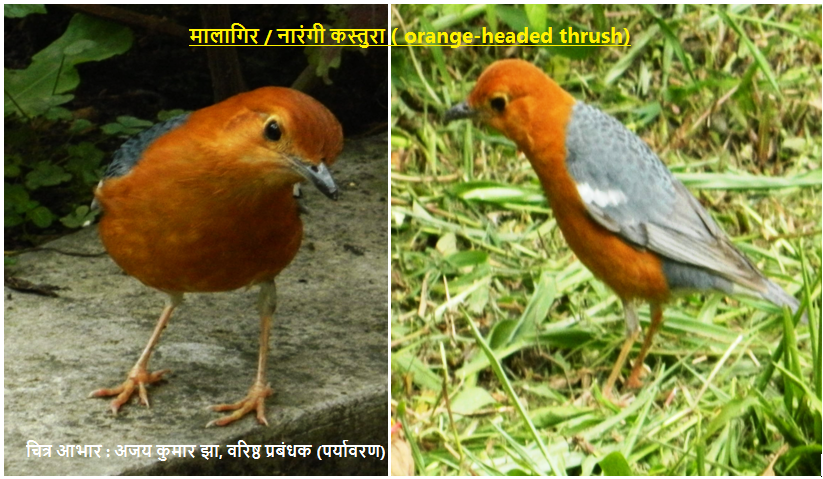









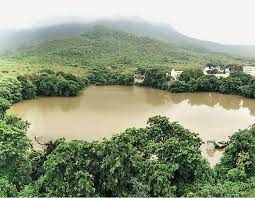

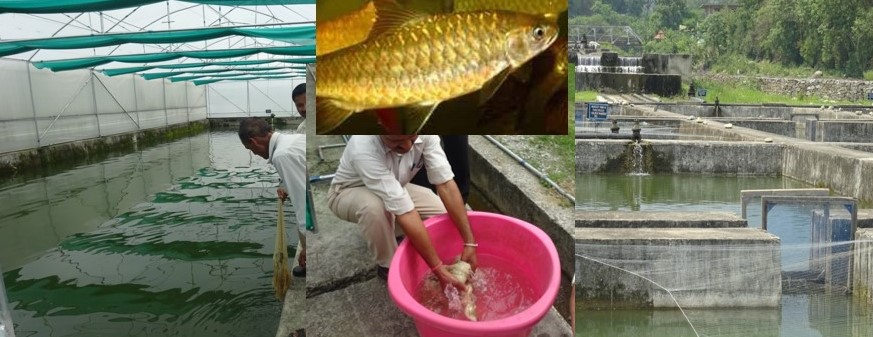




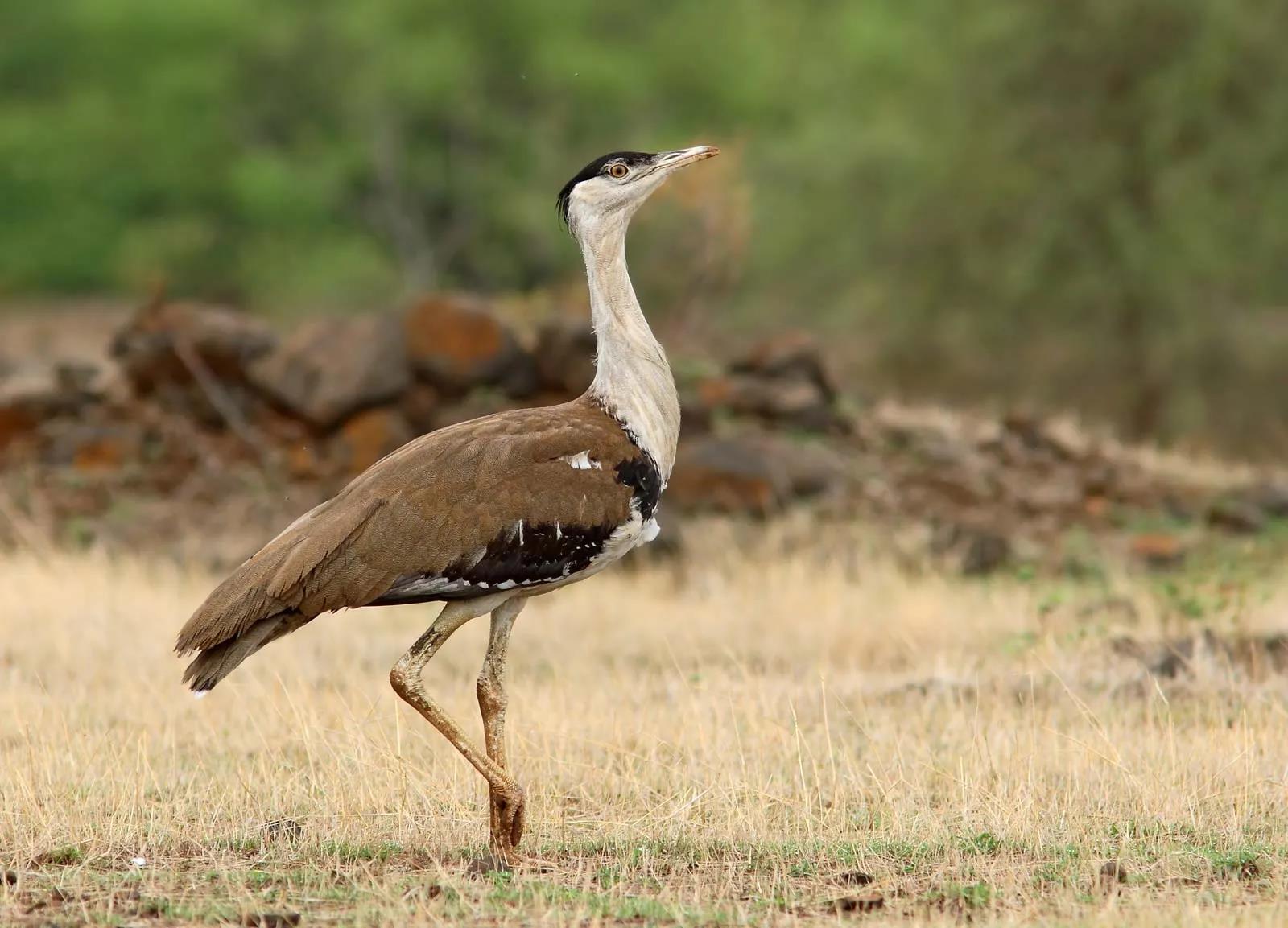

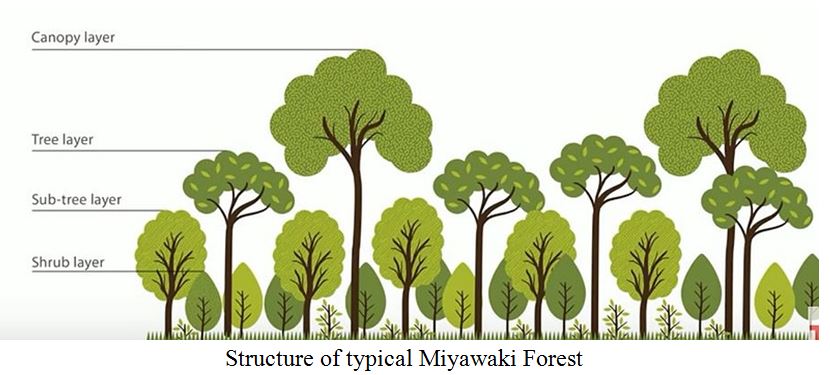
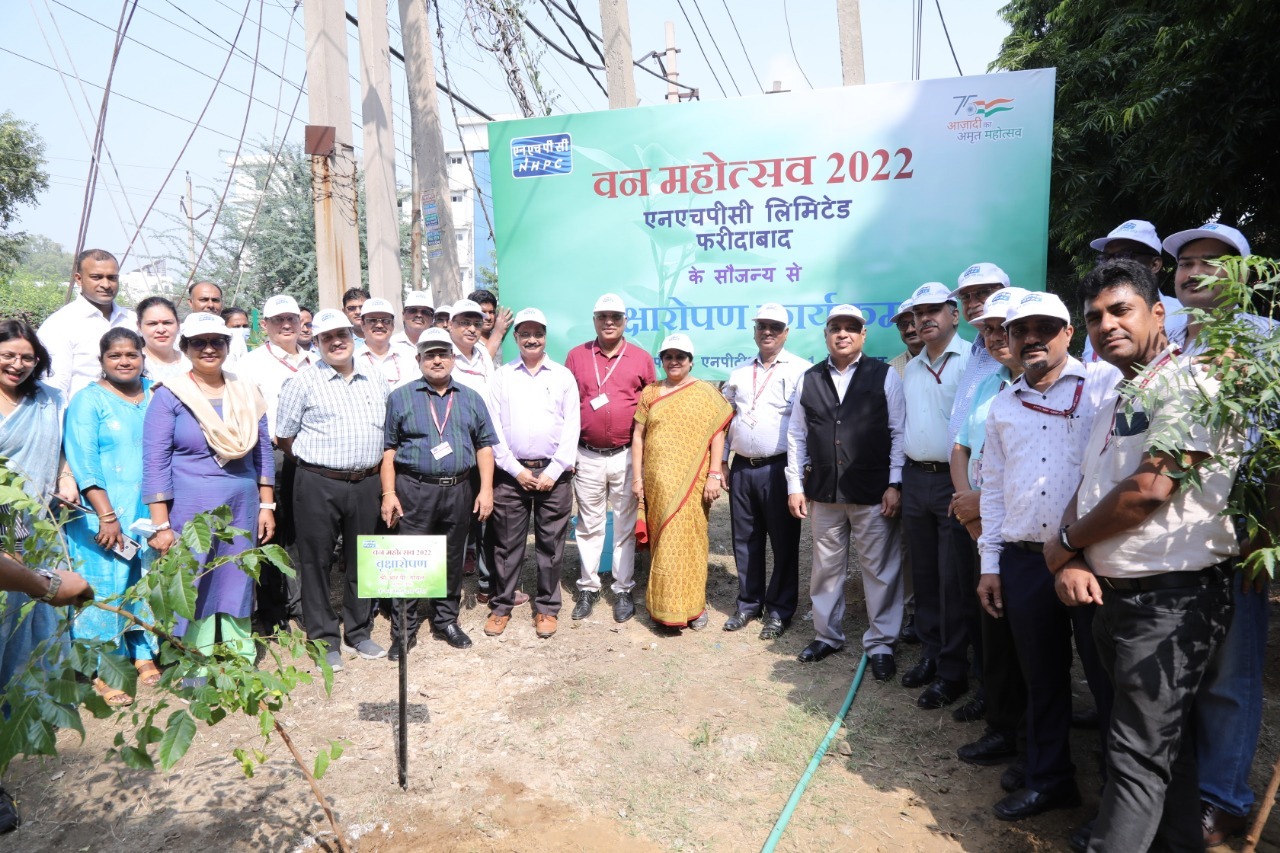


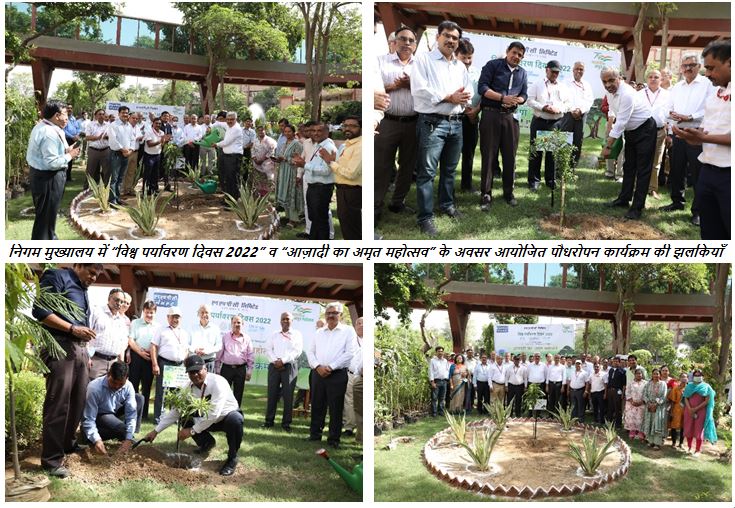

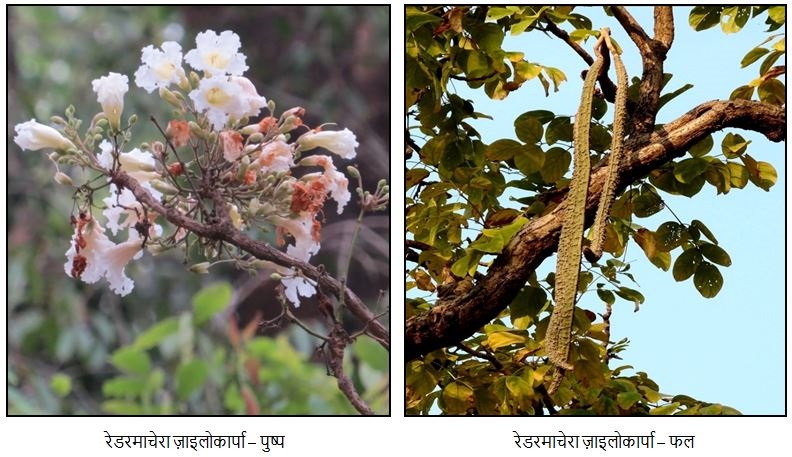












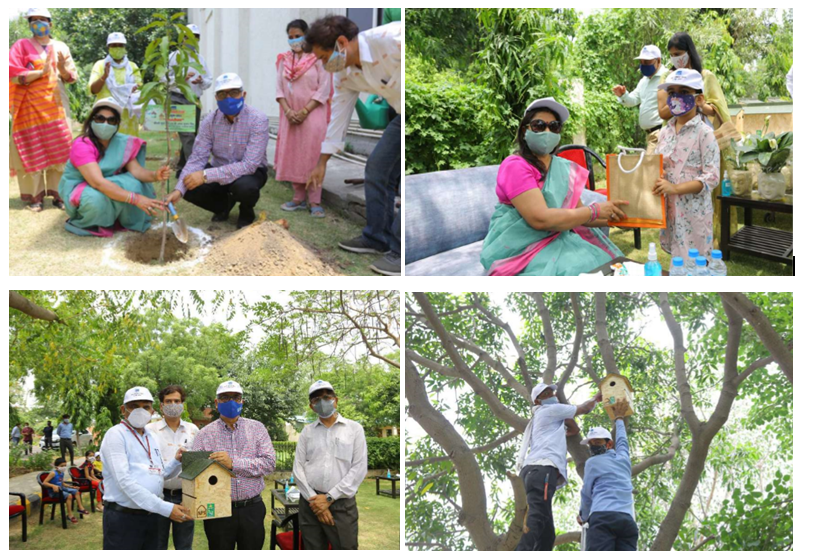















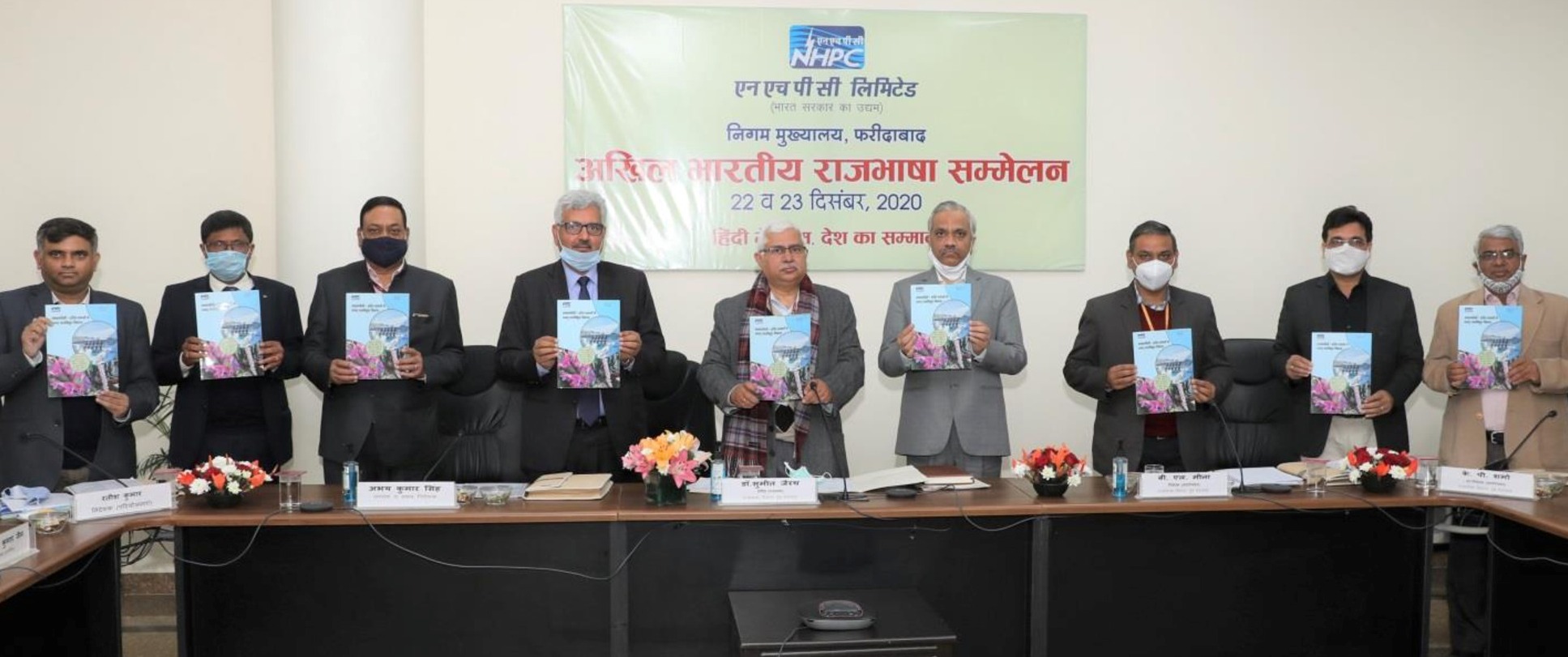


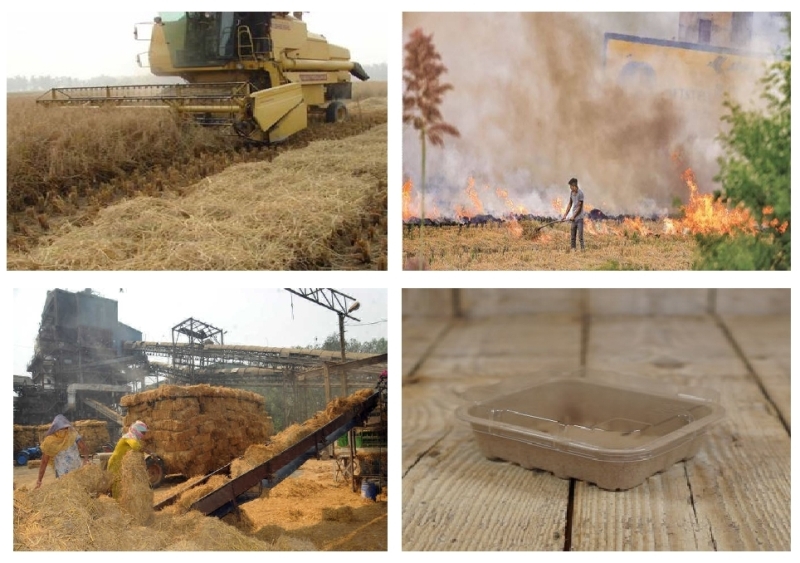





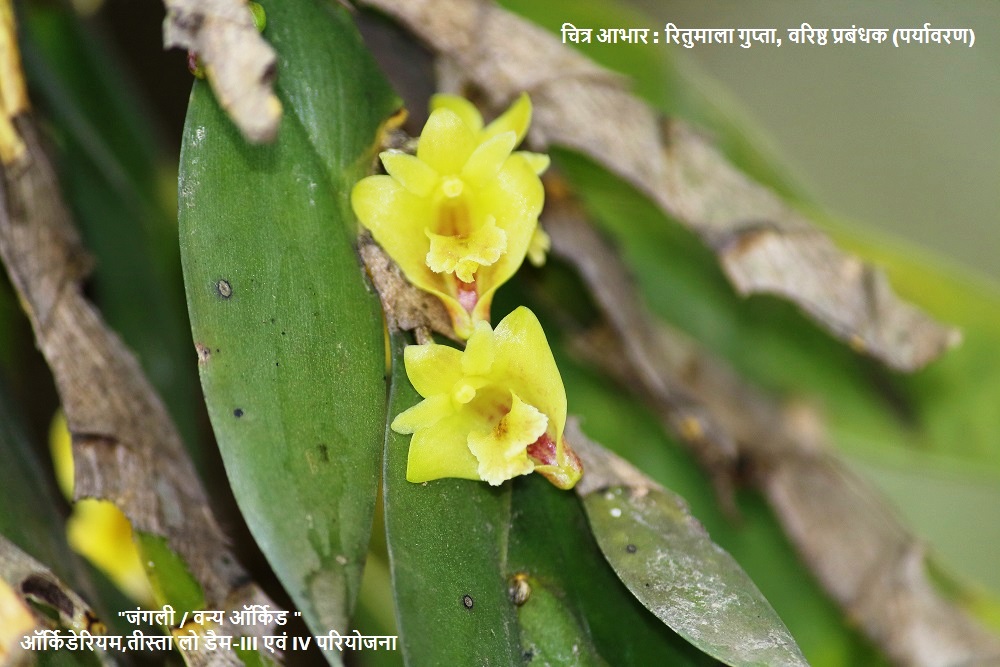

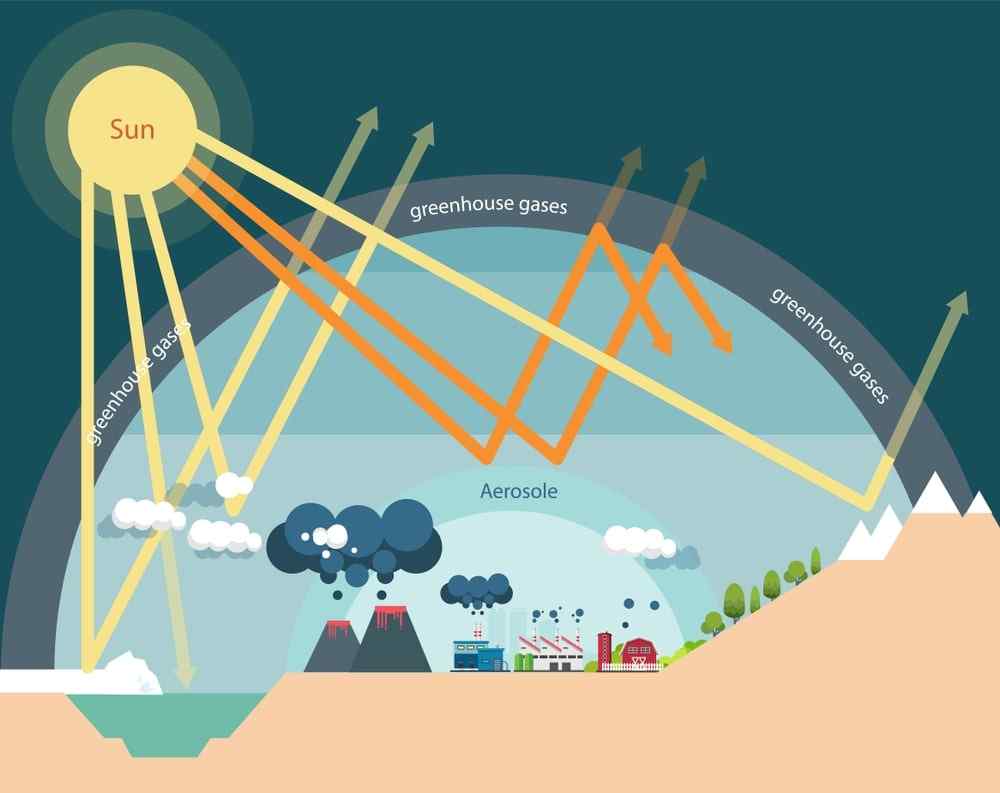
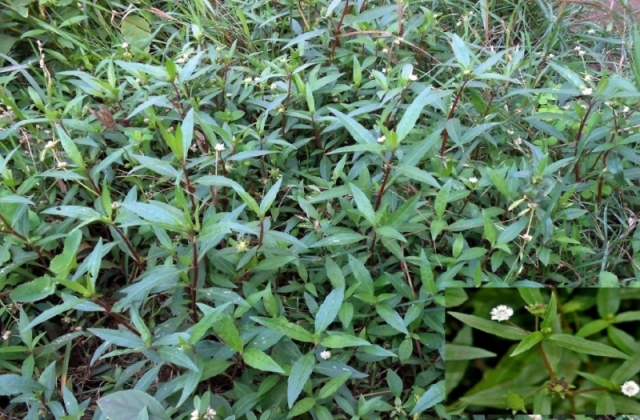
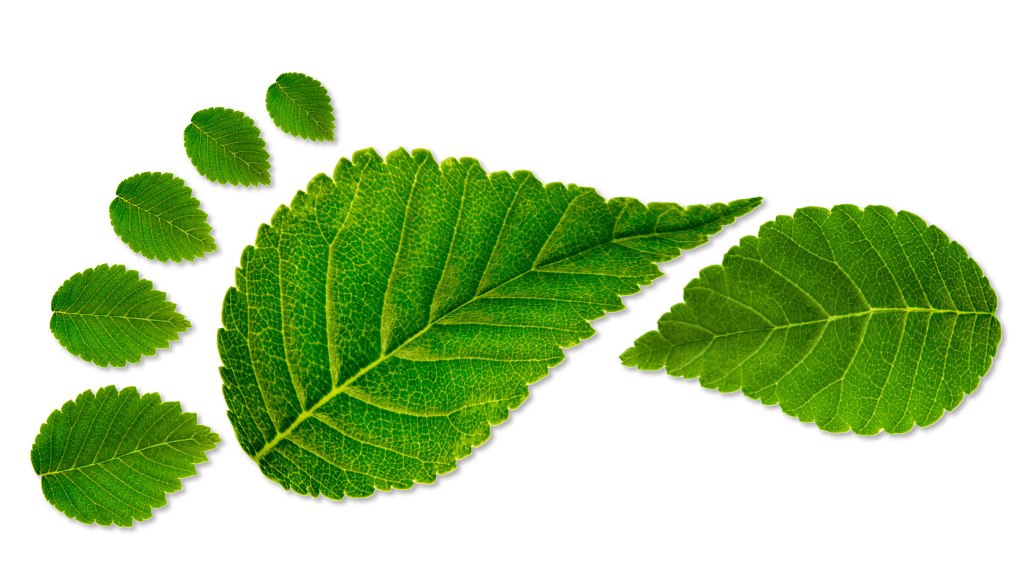







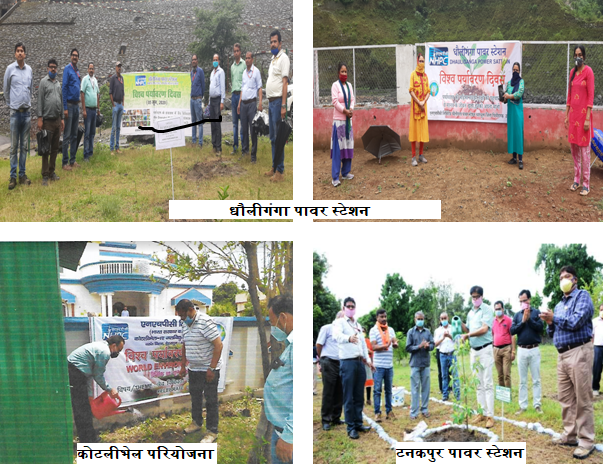
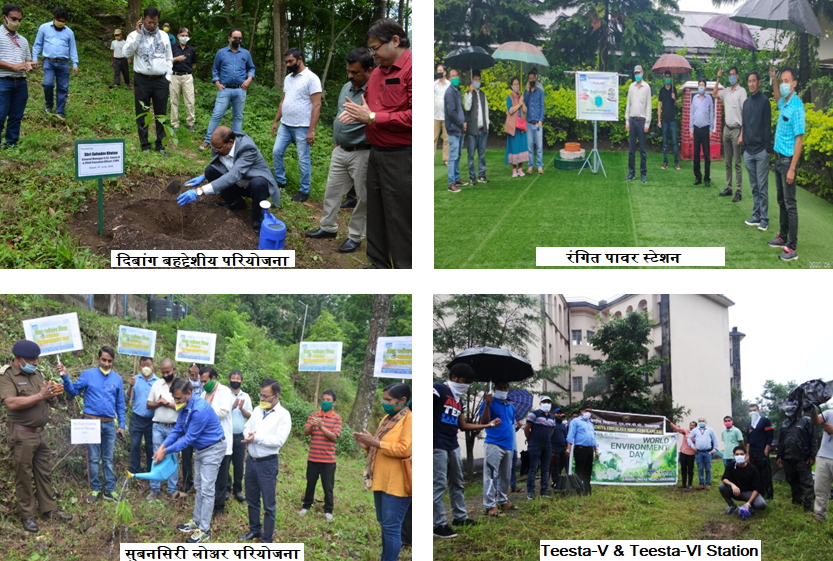






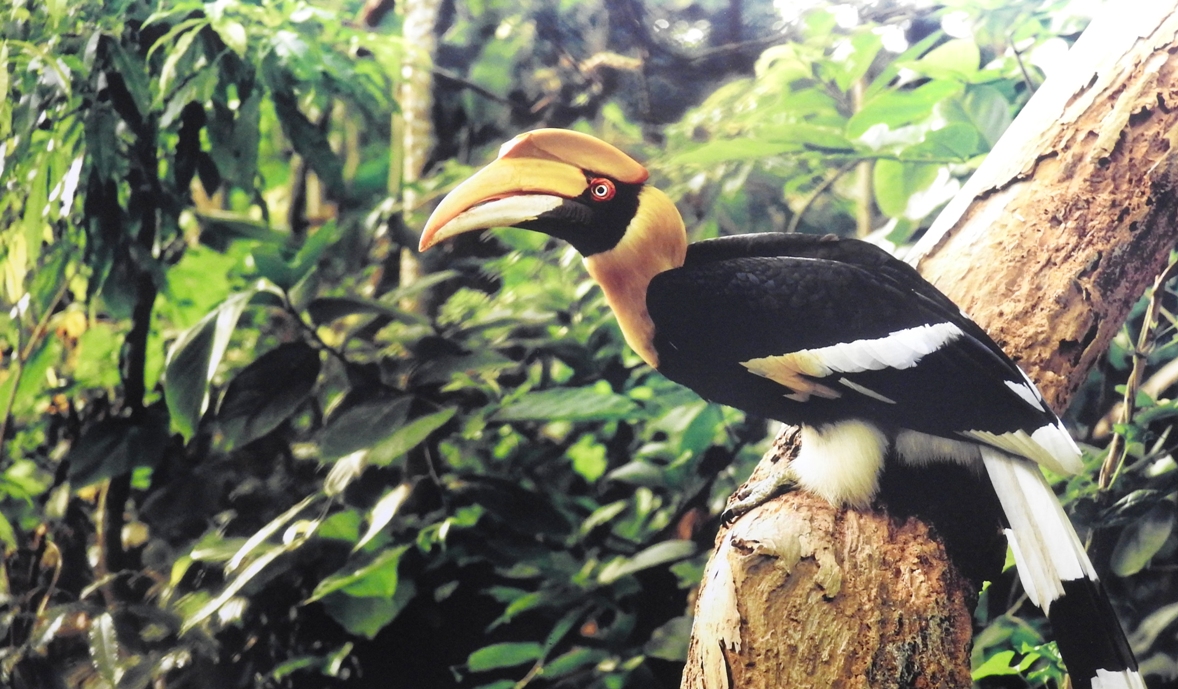
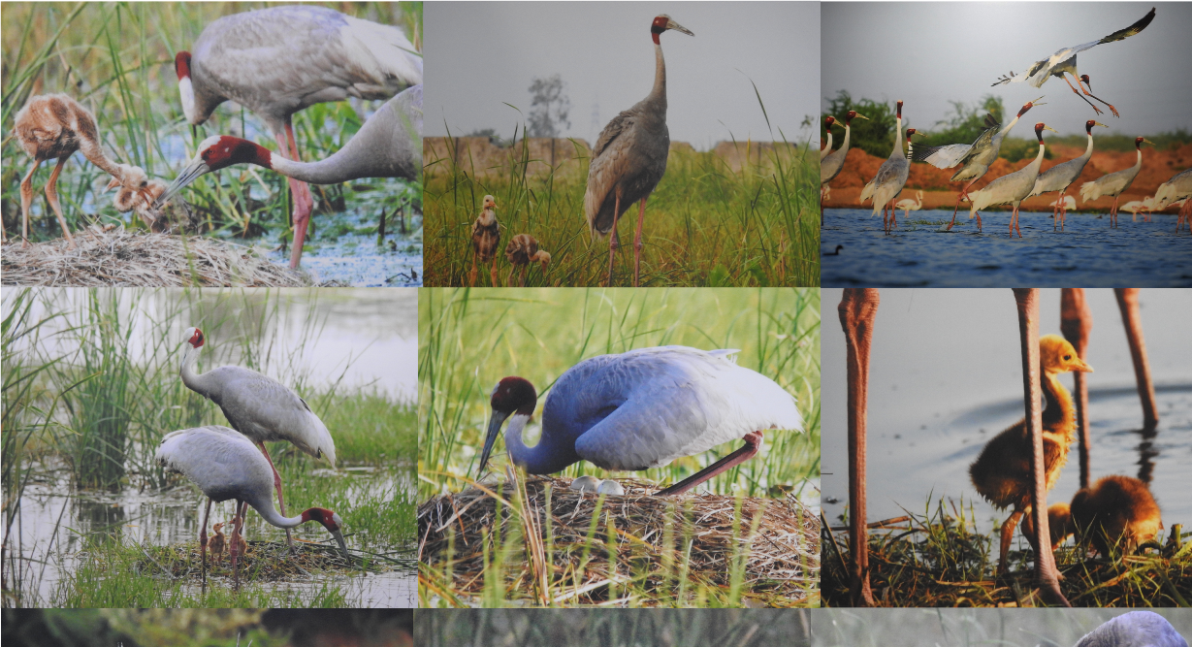
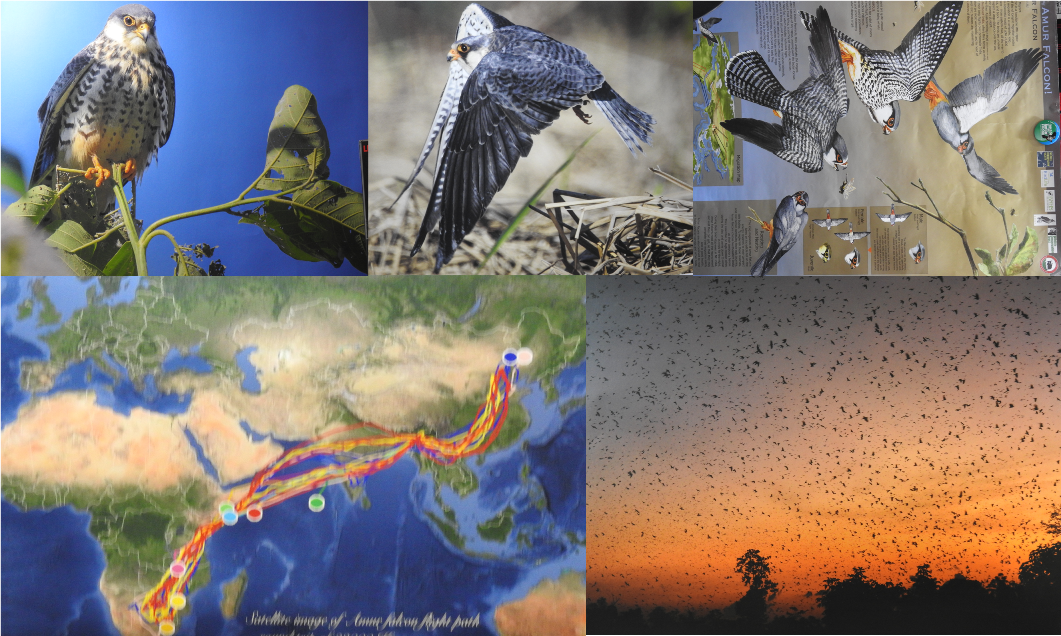
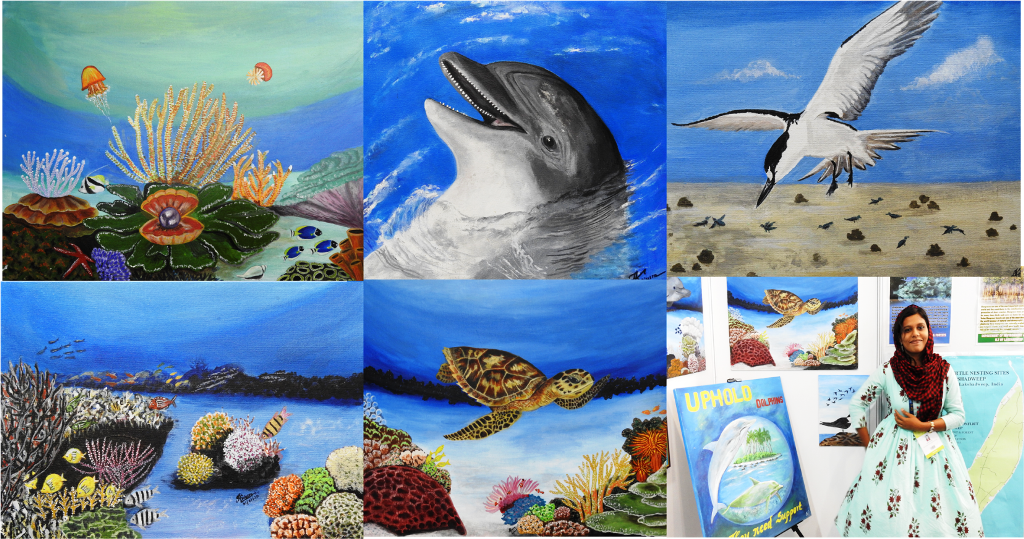
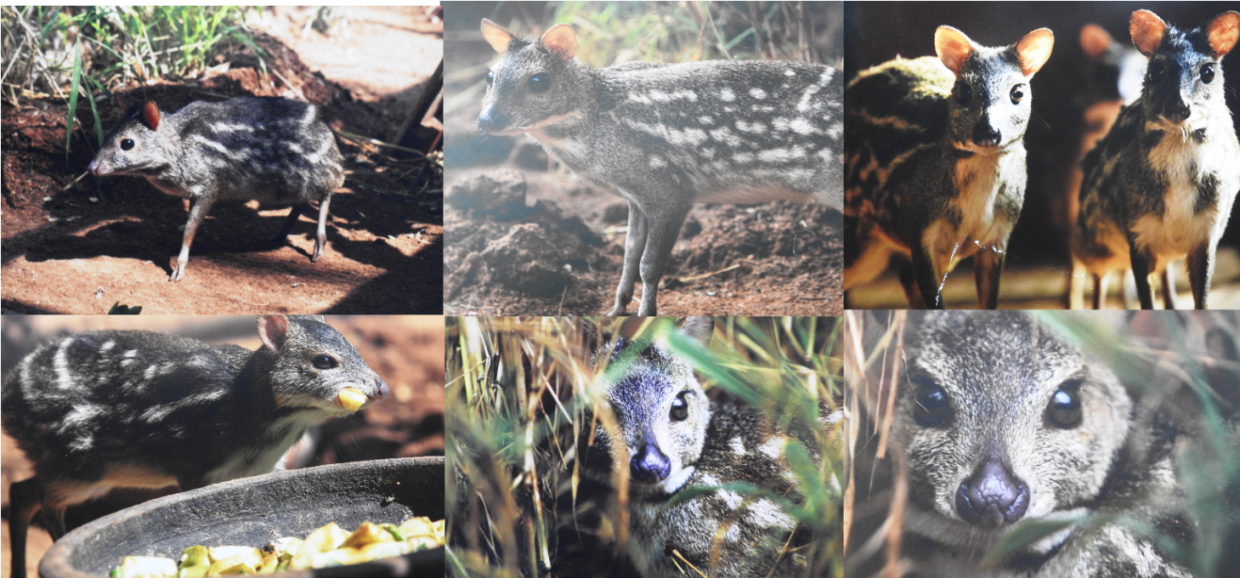


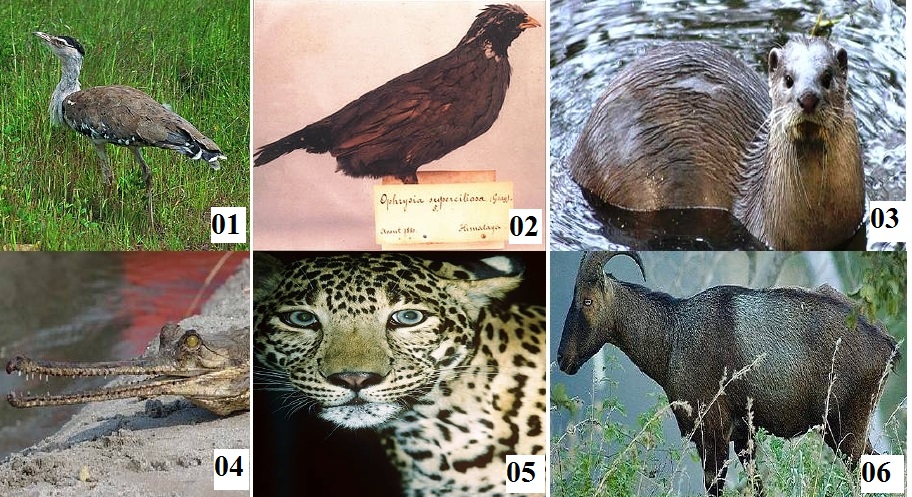
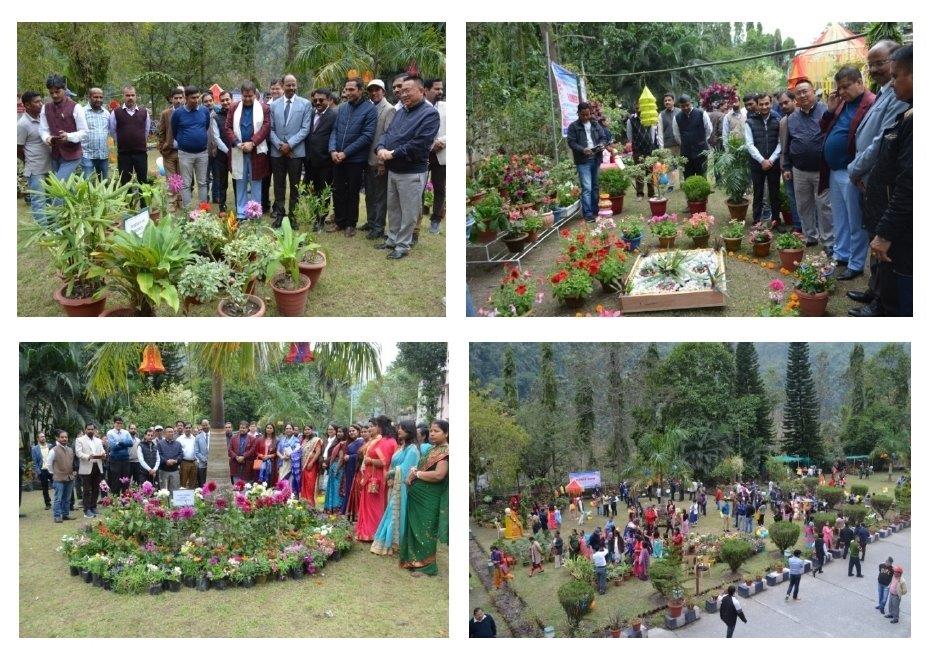
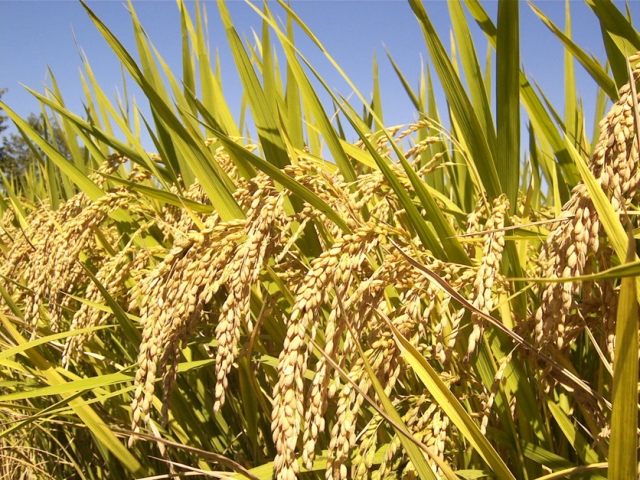











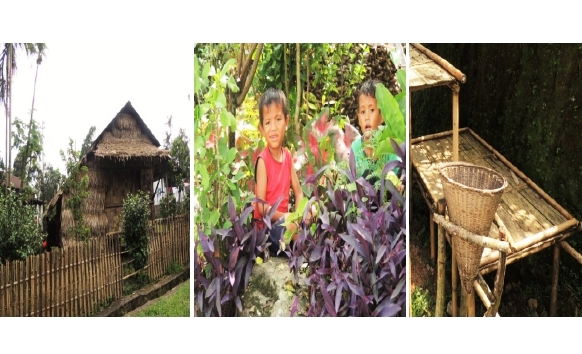




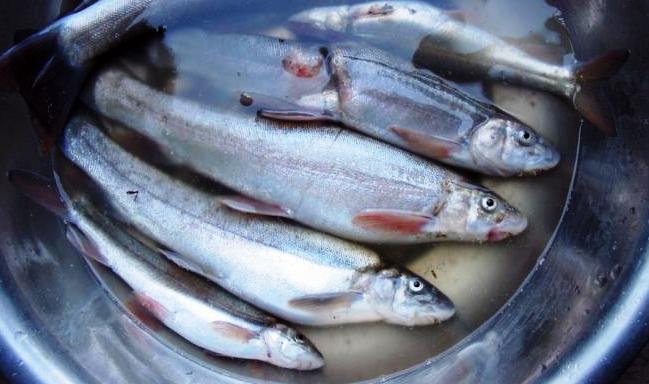


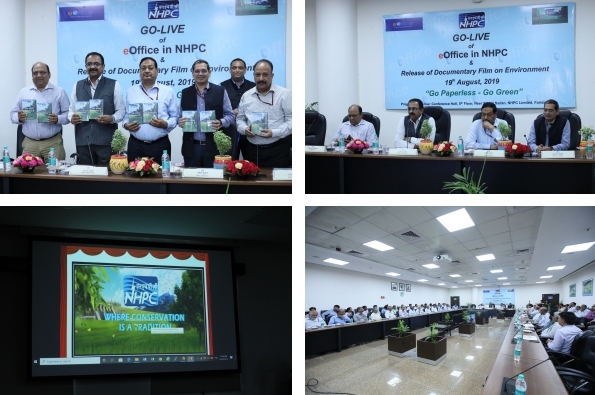




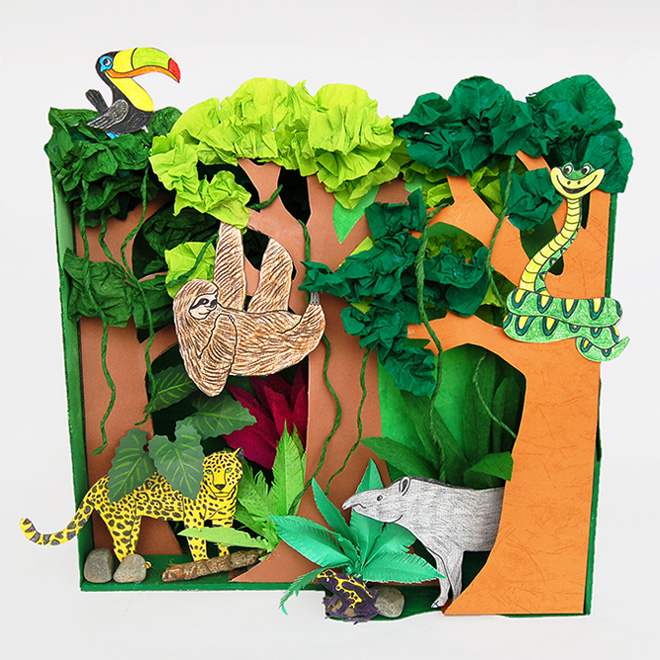

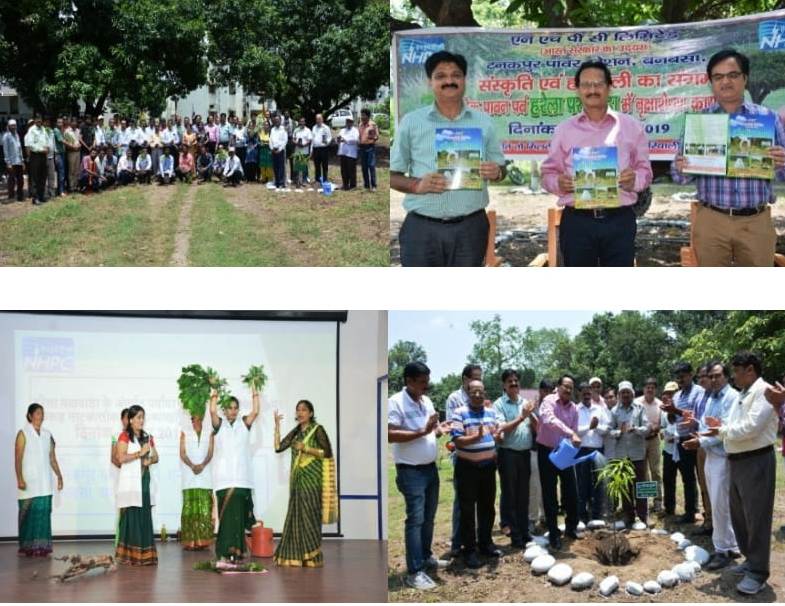


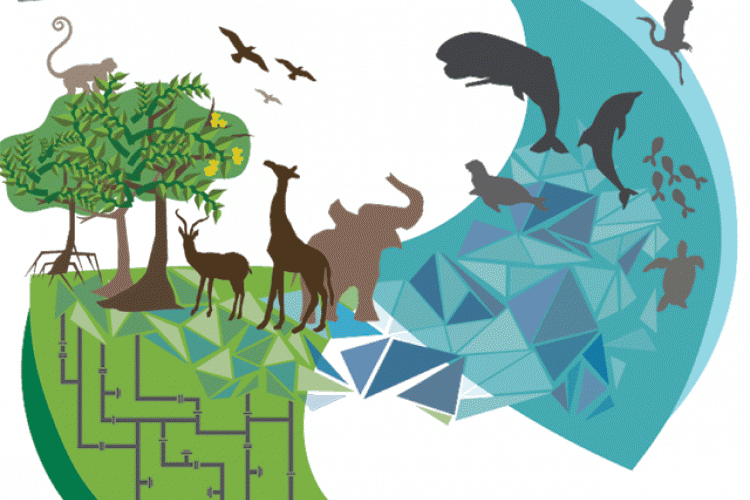







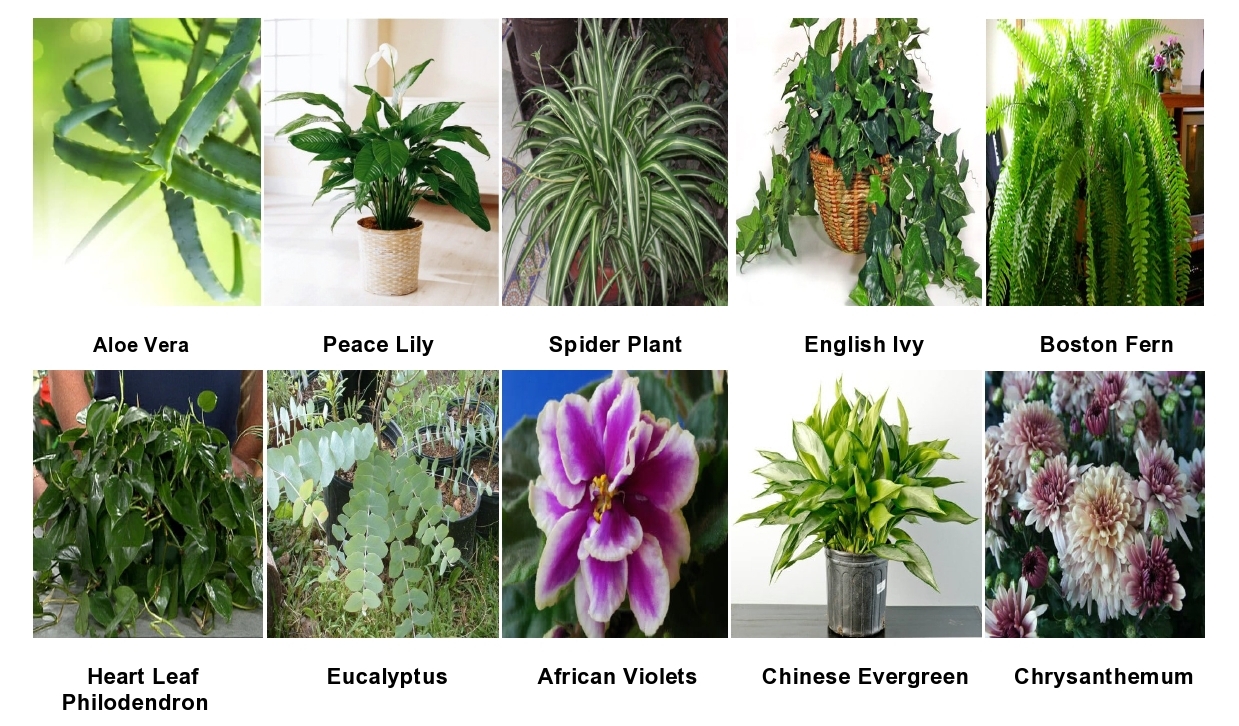






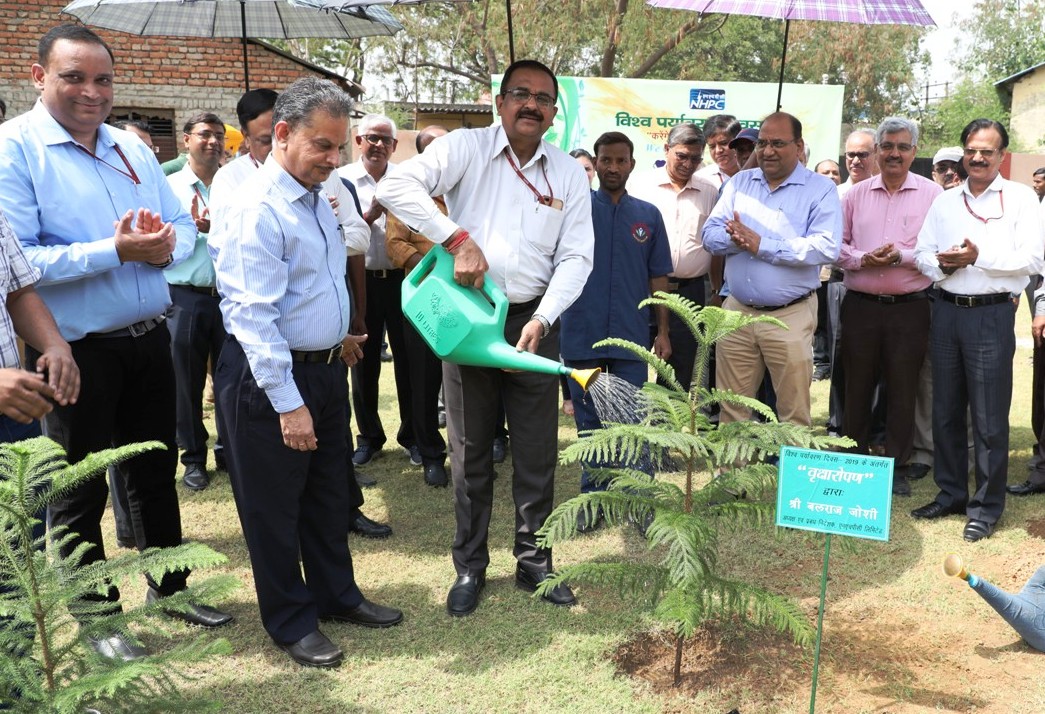


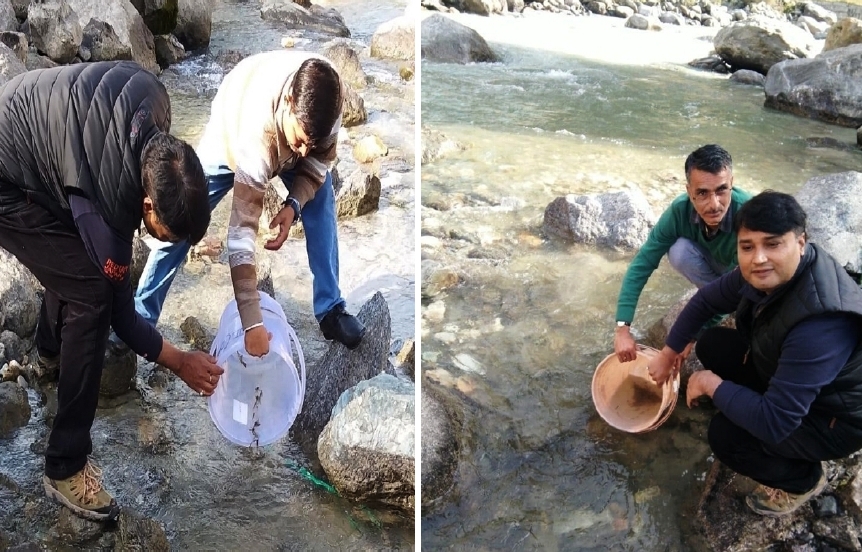


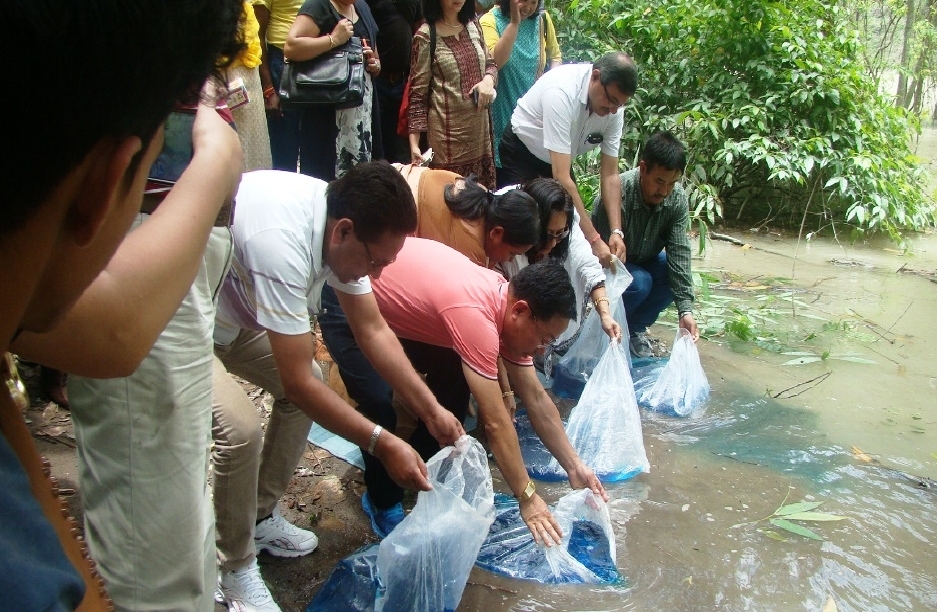
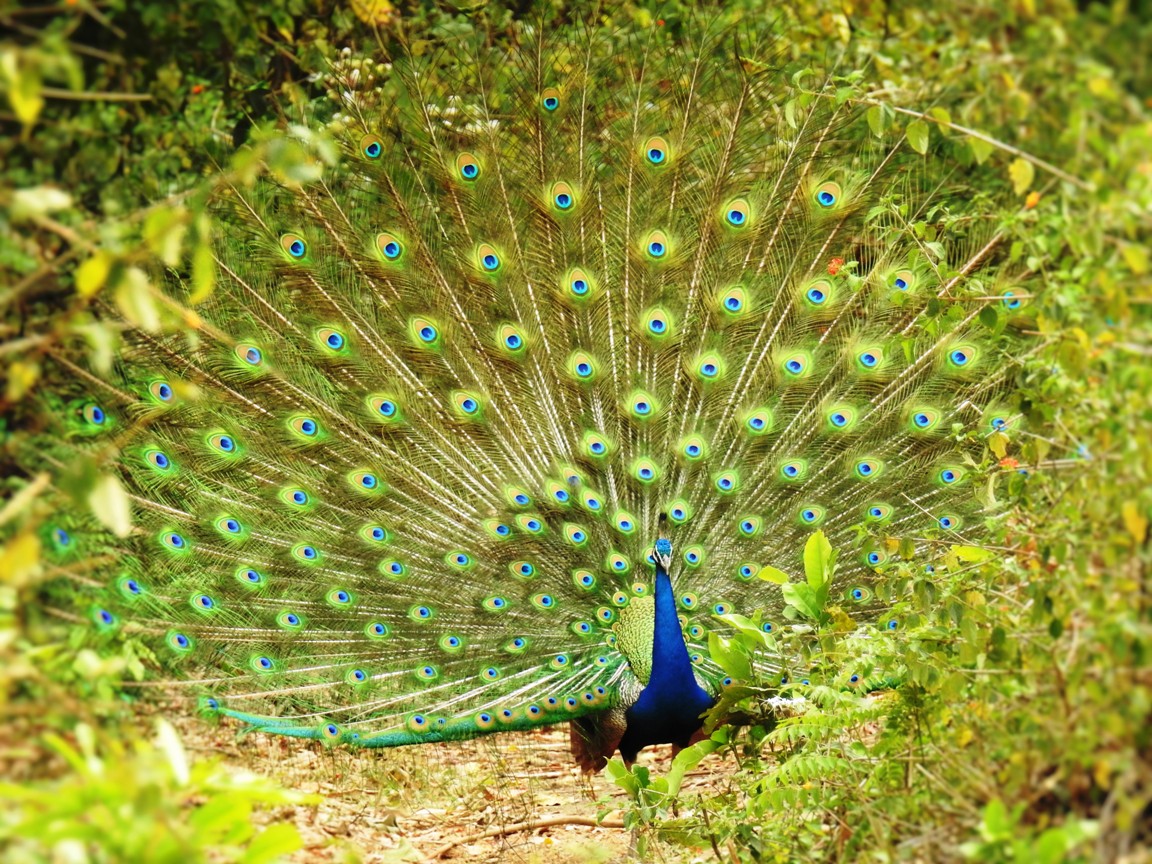
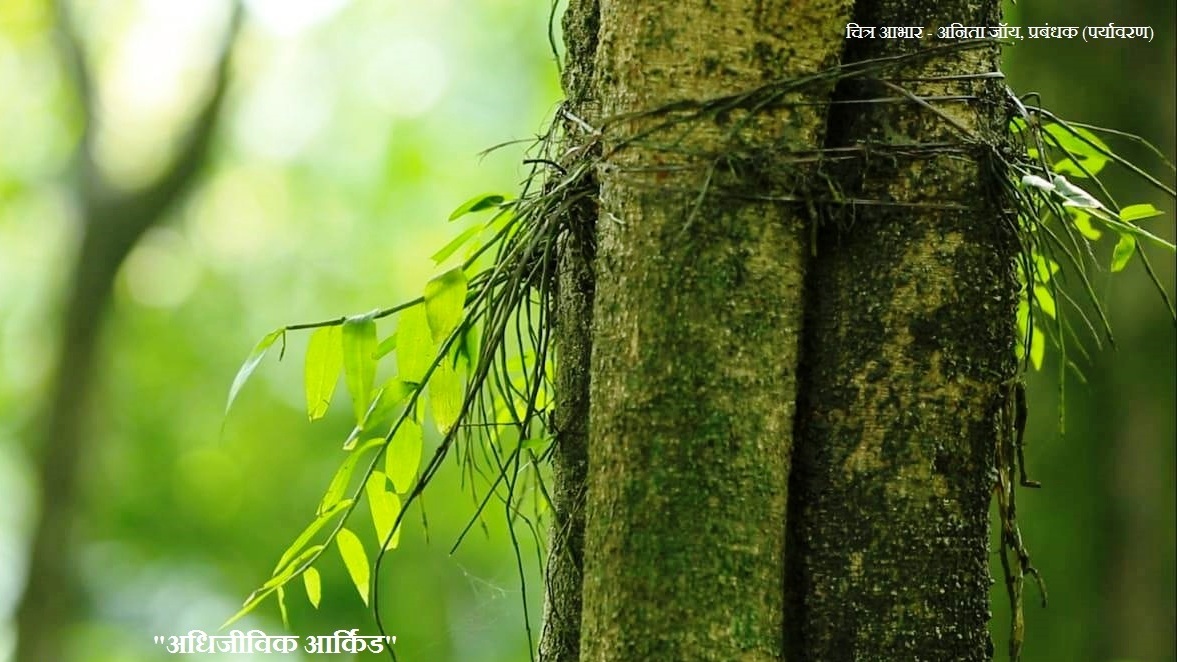
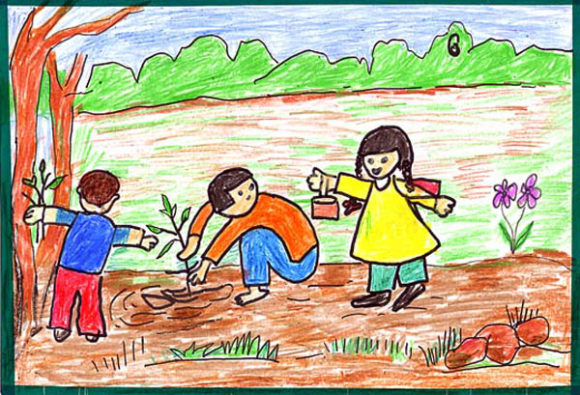

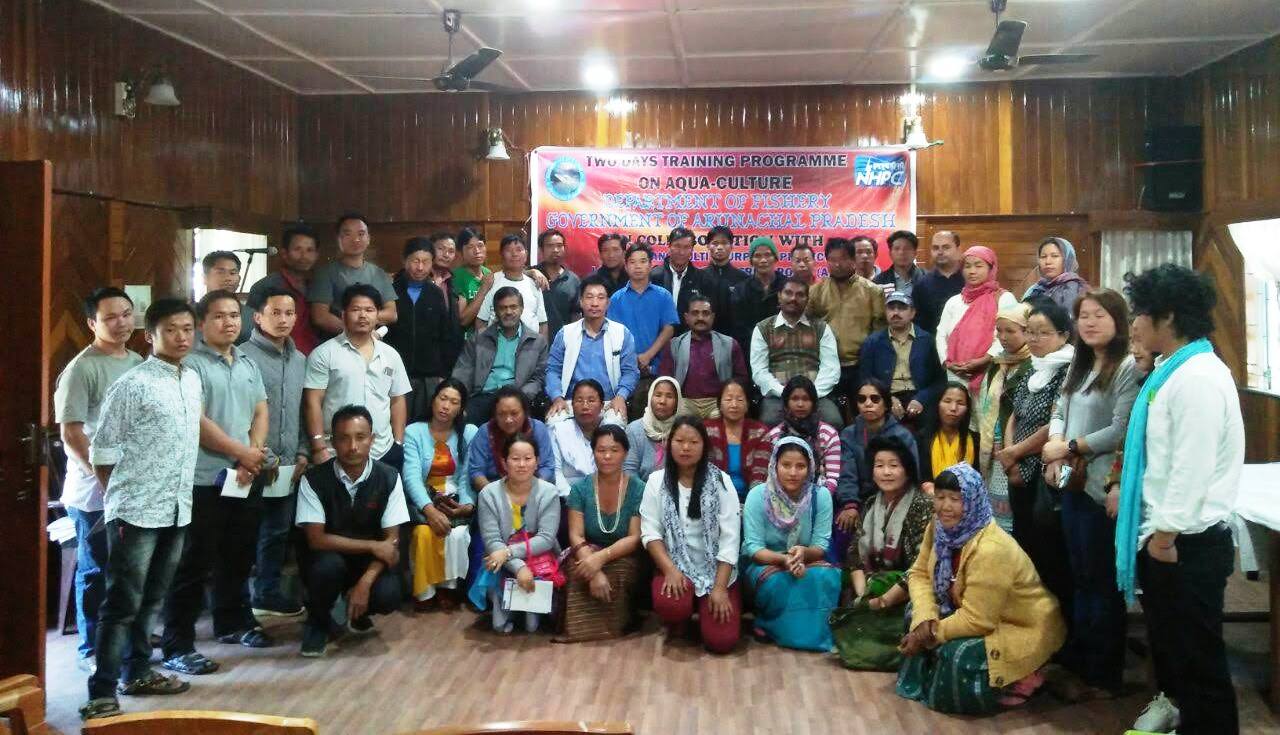

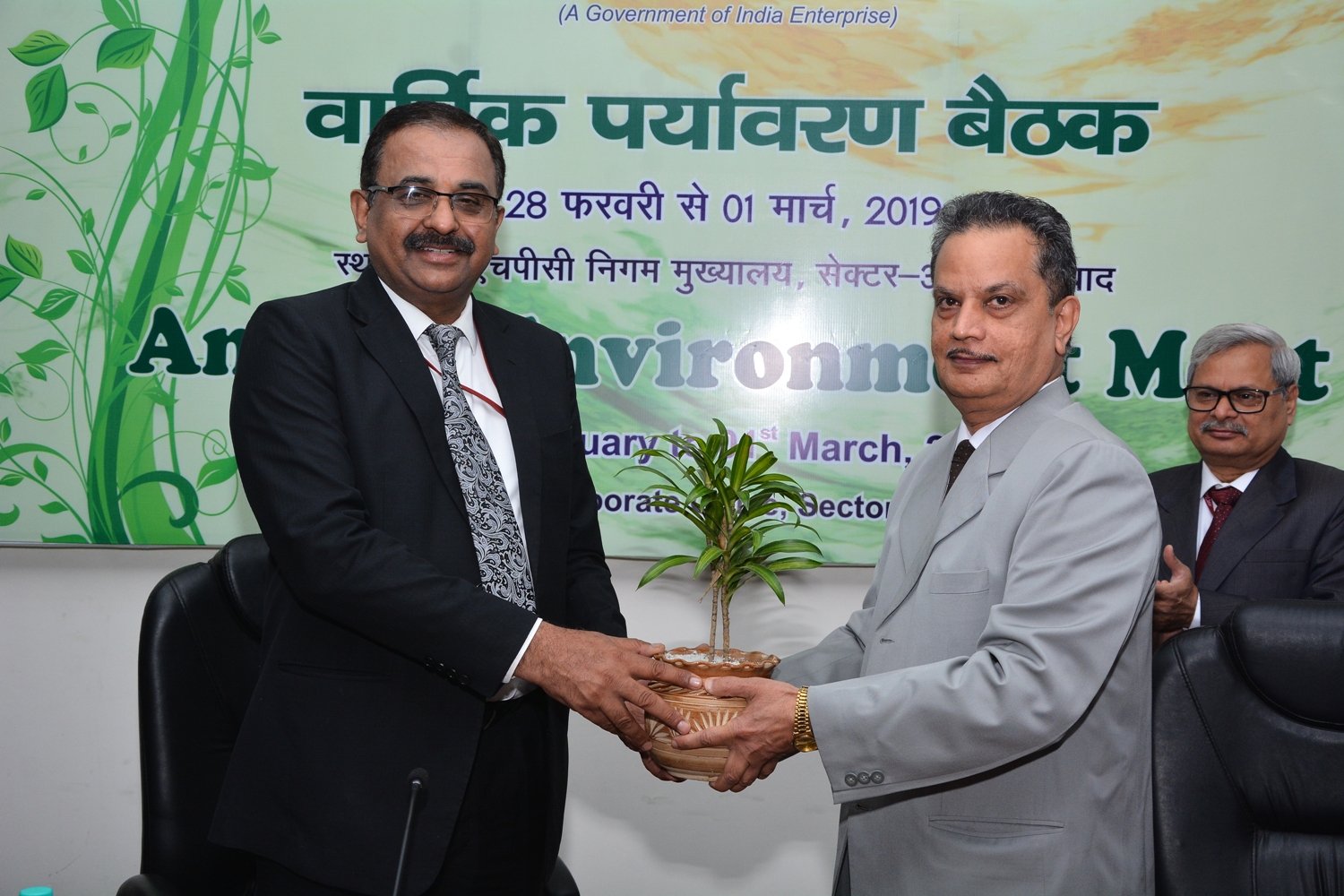









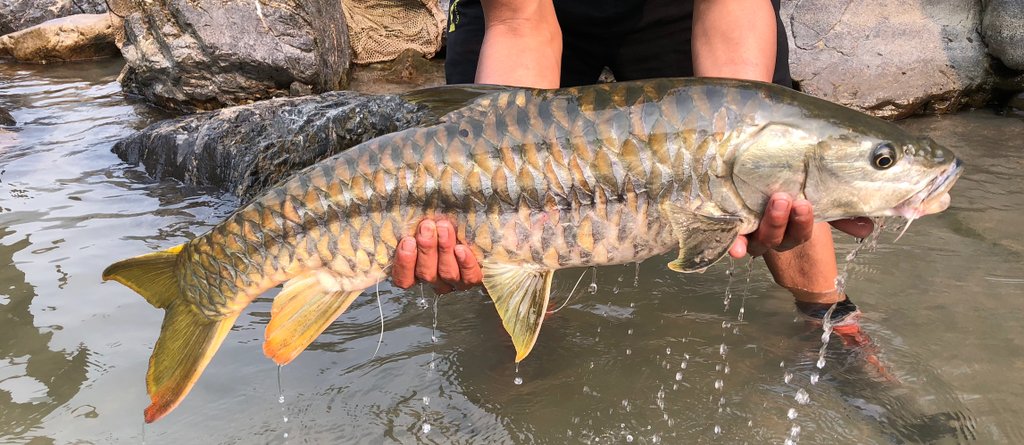
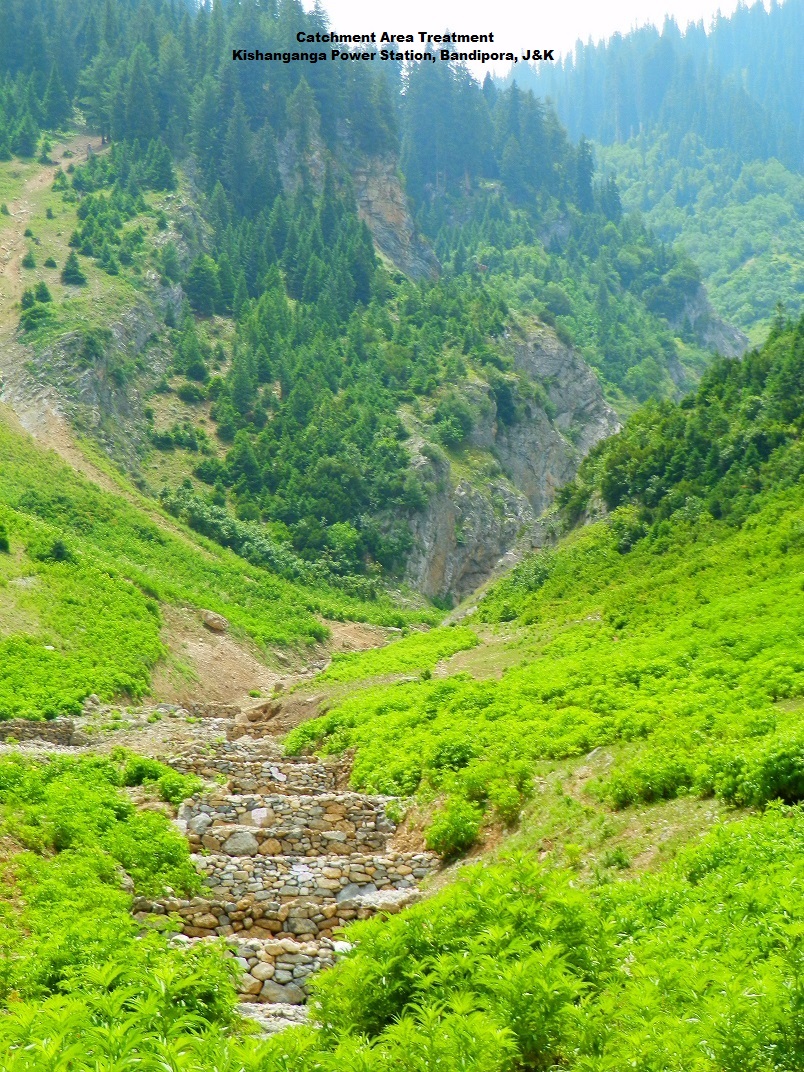
Leave a Reply